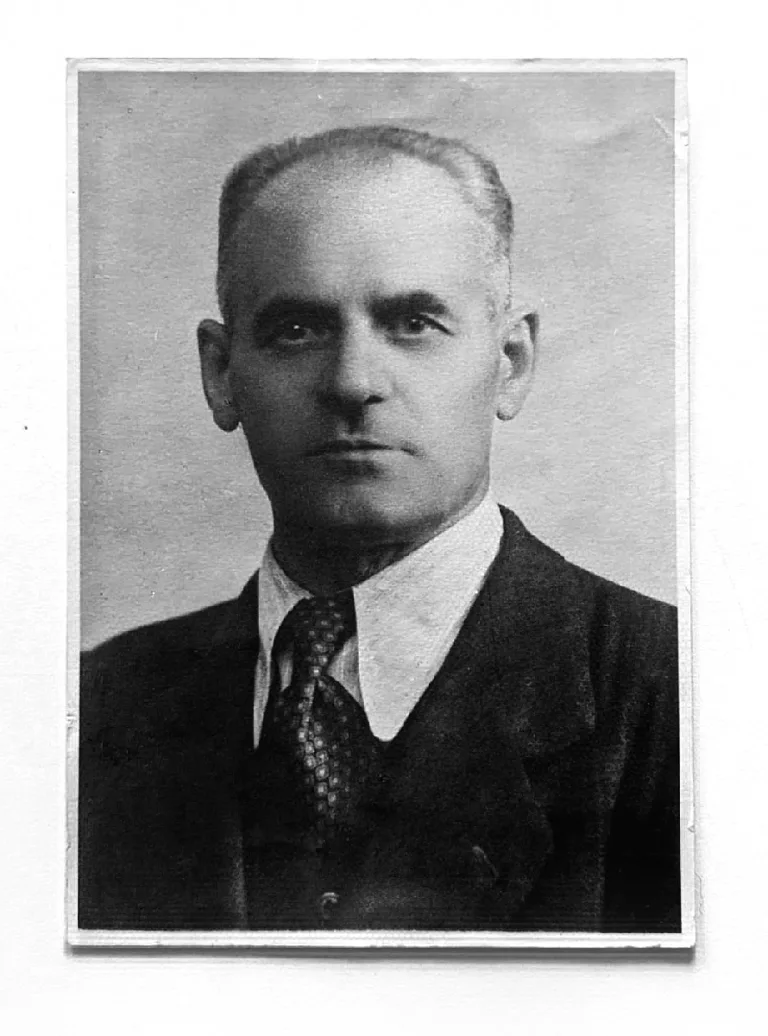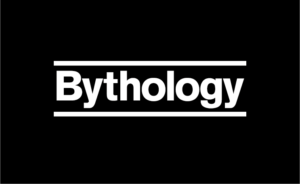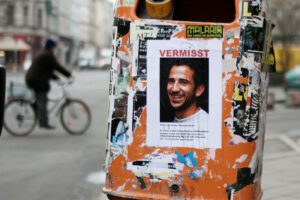
This work aims to be a historical investigation and re-presentation, based on a real event connected to my family’s biography. The central element of the project is the figure of Ezio Setti, my mother Anna Maria Setti’s uncle. Persecuted for his partisan activity, Ezio was seized in his home by Fascist soldiers on March 11, 1944, and six days later deported to Mauthausen concentration camp. During the transfer, he managed to throw a letter from the cattle car addressed to his displaced family in Rovereto, in which he wrote, ‘I am calm, be as well.
The project consists of two parts: a documentary and an evocative one.
The documentary part involves the exhibition of unpublished documents, photographs, and historical connections about his figure and activism.
The evocative part, on the other hand, involves the reenactment of the letter he threw from the passing train. The idea is to bring together in a single environment the elements that contribute to evoke that moment: the noise of the train, the lamppost illuminating the tracks, and the letter fluttering in the air before gently landing on the ground.

